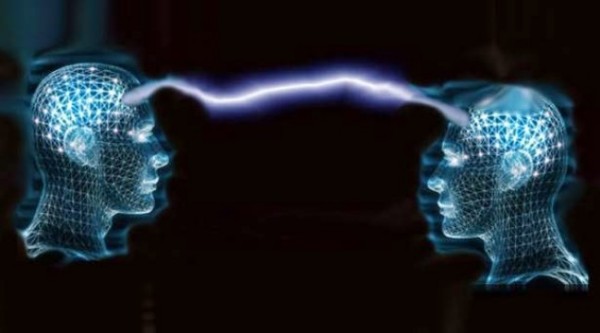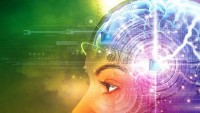Successful Brain-To-Brain Connection Through The Internet
| Antara Dutta Choudhury | | Sep 28, 2015 04:00 AM EDT |
American scientists successfully connect two brains from two different cities without any communication over the internet.
Scientists from the University of Washington were able to connect two brains from two distant places without any verbal communication with the use of the internet. The research study has been published in the popular science journal PLOS ONE.
According to NWR, Andrea Stocco, Assistant Professor of Psychology in the University of Washington and the lead author of the study, has shared that experiment used visual conscious experiences via signals, constituting a process that needs two individuals to collaborate.
Like Us on Facebook
"This is the most complex brain-to-brain experiment, I think, that's been done to date in humans," said Stocco.
The first research in this subject has been carries out by Rajesh Rao, Professor of Computer Science and Engineering, Universoty of Washington along with Stocco and Chantel Prat, faculty member at the Institute of Learning & Brain Sciences and associate professor of psychology in the University of Washington to determine how to link two human brains together.
According to Pulse Headlines, the experiment was carried out in laboratories that were located miles apart and employed five pairs of participants to play twenty rounds of questions and answers game.
In the game experiment, one of the participants in the pair had to wear a cap connected to an EEG (electroencephalography) machine that recorded electrical brain activities. Then the other participant in the pair was shown an object on the computer and the inquirer saw a list including possible items along with a couple of related questions. The inquirer sent questions simply by clicking the mouse, and the respondent needed to response in "yes" or "no" just by concentrating on any one of the two LED light (flashing at diverse frequencies) flashing on the monitor.
The results revealed that the participants were able to guess the correct object in 72 percent of the real games as compared to the 18 percent of the control rounds. Scientists believe that the incorrect guesses could be driven by many factors such as the uncertainty about whether a phosphene had appeared.
"They have to interpret something they're seeing with their brains. Imagine having someone with ADHD and a neurotypical student. When the non-ADHD student is paying attention, the ADHD student's brain gets put into a state of greater attention automatically," said co-author Prat.
TagsBrain-to-brain connection, Two Brain Connected, Brain To Brain Experiment, Human Brains Connected, Brain Connected Through Internet
©2015 Chinatopix All rights reserved. Do not reproduce without permission
EDITOR'S PICKS
-

Did the Trump administration just announce plans for a trade war with ‘hostile’ China and Russia?
-

US Senate passes Taiwan travel bill slammed by China
-

As Yan Sihong’s family grieves, here are other Chinese students who went missing abroad. Some have never been found
-

Beijing blasts Western critics who ‘smear China’ with the term sharp power
-

China Envoy Seeks to Defuse Tensions With U.S. as a Trade War Brews
-

Singapore's Deputy PM Provides Bitcoin Vote of Confidence Amid China's Blanket Bans
-

China warns investors over risks in overseas virtual currency trading
-

Chinese government most trustworthy: survey
-

Kashima Antlers On Course For Back-To-Back Titles
MOST POPULAR
LATEST NEWS
Zhou Yongkang: China's Former Security Chief Sentenced to Life in Prison

China's former Chief of the Ministry of Public Security, Zhou Yongkang, has been given a life sentence after he was found guilty of abusing his office, bribery and deliberately ... Full Article
TRENDING STORY

China Pork Prices Expected to Stabilize As The Supplies Recover

Elephone P9000 Smartphone is now on Sale on Amazon India

There's a Big Chance Cliffhangers Won't Still Be Resolved When Grey's Anatomy Season 13 Returns

Supreme Court Ruled on Samsung vs Apple Dispute for Patent Infringement

Microsoft Surface Pro 5 Rumors and Release Date: What is the Latest?












